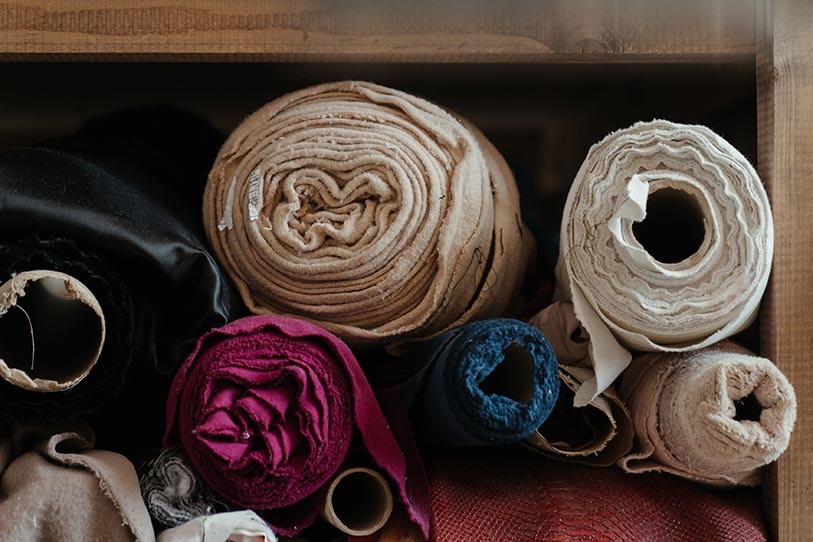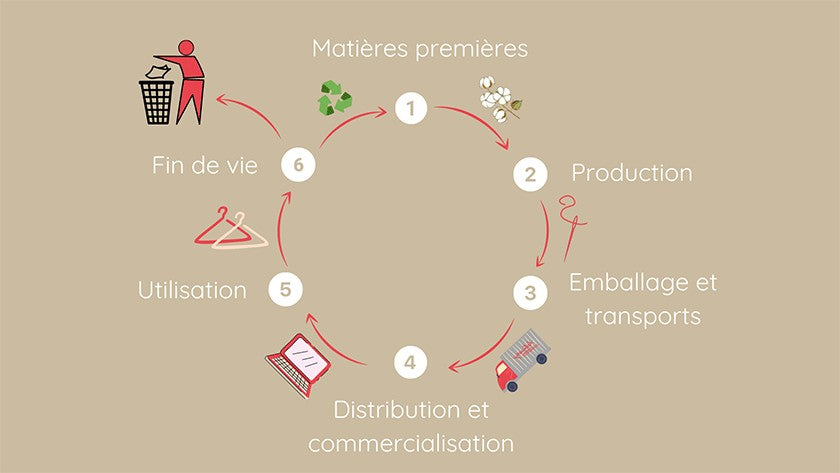Eco-friendly fashion: toxic substances to avoid

I have already mentioned my research on harmful components in textiles. Here I wanted to give you a list of those to avoid absolutely. The subject is serious for you, for me, for our children and those who are not there yet, which is why it is important to understand the interest of adopting an eco-responsible fashion !
In 2011, Greenpeace published a study that sounded the alarm in the world of fashion, ecology and health. It announced the presence of many harmful components in clothes (and which flow into the water with each wash!!).
So what are these substances to avoid ?
The dyes:
Who doesn't love pretty colorful clothes?
Alas, industrial dye has a correlation with allergies, dermatitis and even certain cancers. She uses a lot of synthetic dyes, almost all of which are derived from petroleum. Their components include heavy metals (lead, nickel, copper, chromium, etc.), which allow clothes to shine. However, they are highly toxic, spread by skin contact and inhalation, and attach themselves to vital organs.
What to prefer neutral palettes!
Formaldehyde:
This molecule, present in synthetic clothing, makes the garment crease-resistant and waterproof. It is very practical! But it is classified as carcinogenic by the IARC. Highly volatile, it causes eye and respiratory tract irritation, which can lead to allergies or asthma.
Phthalates:
Used as plasticizers, these compounds make plastic materials more flexible. They are mainly used for phrases or logos printed on clothing.
Skin contact allows phthalates to migrate into the human body. It is an endocrine disruptor that disrupts the reproductive system, and can cause developmental abnormalities. For example, it can delay the onset of puberty, reduce the quality of sperm, trigger premature deliveries, etc. And in high doses: they can cause endocrine cancer.
Nonylphenols:
Nonylphenol Ethoxylates (NPE) are used as surfactants: they help dyes penetrate into fabrics. Once dispersed in wastewater treatment, they turn into nonylphenols. They are also endocrine disruptors !
Here is a sample of substances to avoid at all costs when shopping! So, which materials to choose? Are there other solutions? I will tell you all about it in my next posts.






Leave a comment